I am working with a dynamic square 2D array that I sometimes need to enlarge for my needs. The enlarging part consist in adding a new case on each border of the array, like this:
To achieve this, I first copy the content of my actual 2D array in a temporary other 2D array of the same size. Then I create the new 2D array with the good size, and copy the original content of the array in the middle of the new one.
Is there any quick way to copy the content of the old array in the middle of my new array? The only way I have found so far is only by using two for sections:
for(int i = 1; i < arraySize-1; i++)
{
for(int j = 1; j < arraySize-1; j++)
{
array[i][j] = oldArray[i-1][j-1];
}
}
But I'm wondering if there is no quicker way to achieve this. I thought about using std::fill, but I don't see how it would be possible to use it in this particular case.
My EnlargeArray function:
template< typename T >
void MyClass<T>::EnlargeArray()
{
const int oldArraySize = tabSize;
// Create temporary array
T** oldArray = new T*[oldArraySize];
for(int i = 0; i < oldArraySize; i++)
{
oldArray[i] = new T[oldArraySize];
}
// Copy old array content in the temporary array
for(int i = 0; i < arraySize; i++)
{
for(int j = 0; j < arraySize; j++)
{
oldArray[i][j] = array[i][j];
}
}
tabSize+=2;
const int newArraySize = arraySize;
// Enlarge the array
array= new T*[newArraySize];
for(int i = 0; i < newArraySize; i++)
{
array[i] = new T[newArraySize] {0};
}
// Copy of the old array in the center of the new array
for(int i = 1; i < arraySize-1; i++)
{
for(int j = 1; j < arraySize-1; j++)
{
array[i][j] = oldArray[i-1][j-1];
}
}
for(int i = 0; i < oldArraySize; i++)
{
delete [] oldArray[i];
}
delete [] oldArray;
}
